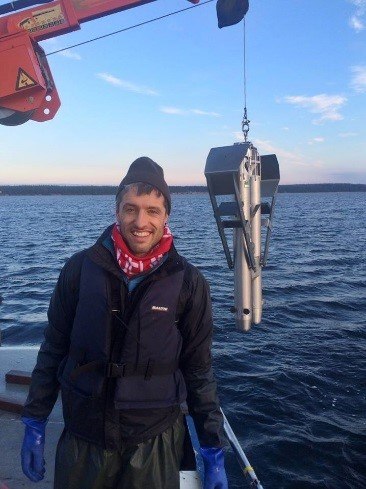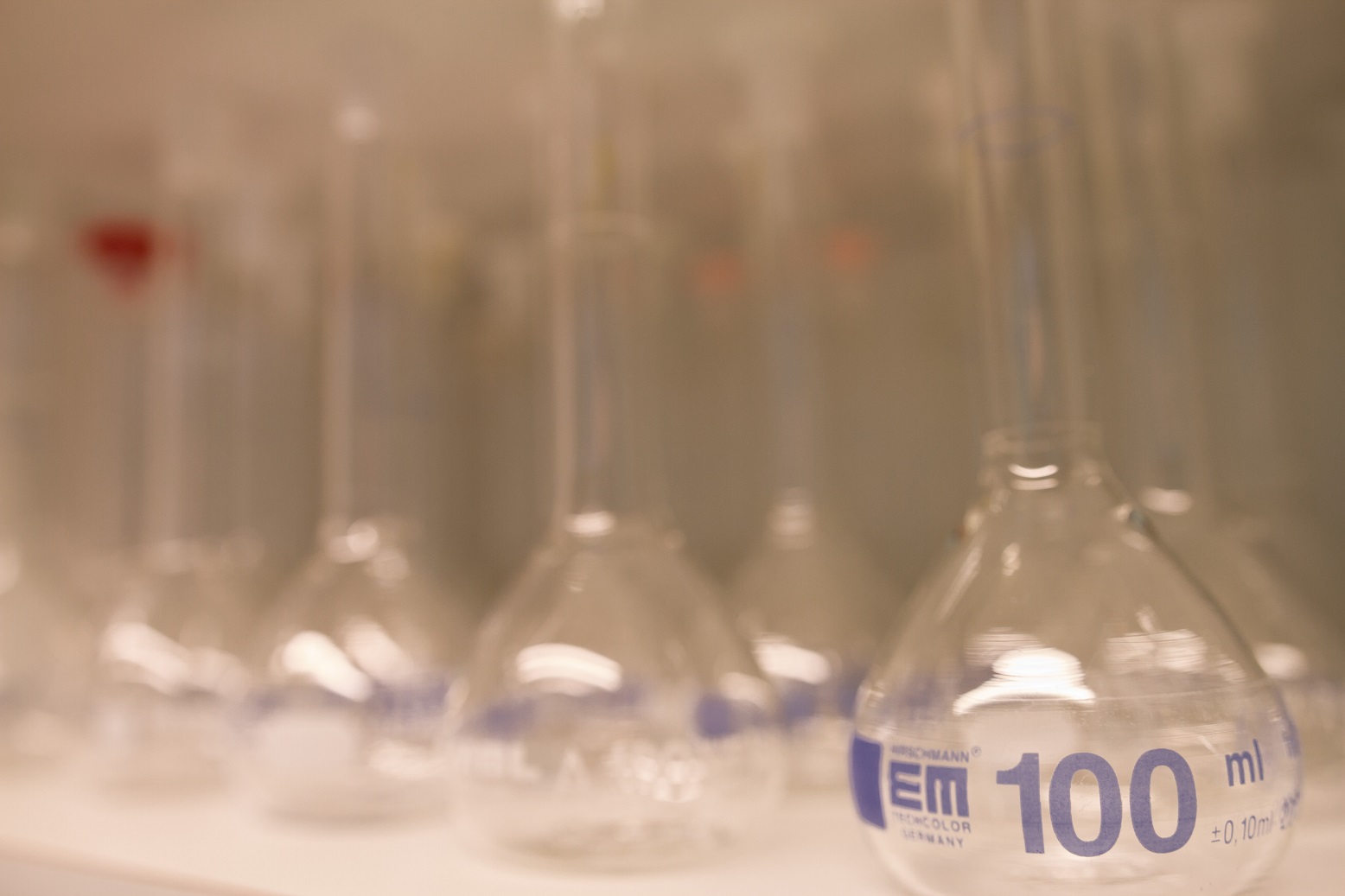
K), operationally defined by filtration at 0.45 µm, June 2015. White circles represent sampling positions (vertical depth resolution = 5 m).
(b) Data from “a” plotted against salinity, including trend lines for Fepart (polynomial) and Fediss (logarithmic). Linear conservative mixing
lines (CMLs) are drawn between the high- and low-salinity end-member samples for Fepart and Fediss. The inferred dominant processes
controlling Fepart along the salinity transect are indicated by the grey bars (T. Jilbert et al. 2018: Impacts of flocculation on the diagenesis of iron).
NEW PAPER! Coastal ecosystems of the Baltic Sea are strongly influenced by inputs of material from rivers. Eutrophication and climate change are altering these inputs, hence there is an urgent need to understand the natural cycling of terrestrial material in estuaries. In a new open access paper in Biogeosciences, Tom Jilbert and colleagues from the Aquatic Biogeochemistry Research Unit (ABRU) studied the effect of riverine inputs of iron on sediment microbial processes in Pojo Bay, an estuary close to TZS. Sediments host rich microbial communities that carry out key ecosystem functions such as the breakdown of organic matter and recycling of nutrients. Because many microbes use iron in their metabolism, the natural input of iron minerals from rivers may be important in regulating the microbial functioning of coastal sediments. Tom’s work shows that dissolved iron in river water precipitates in the estuarine environment via a process known as flocculation, leading to higher rates of microbial iron utilization in nearshore areas. The abundance of iron in coastal sediments could have knock-on effects for other sedimentary processes, including carbon burial and the production of methane.

